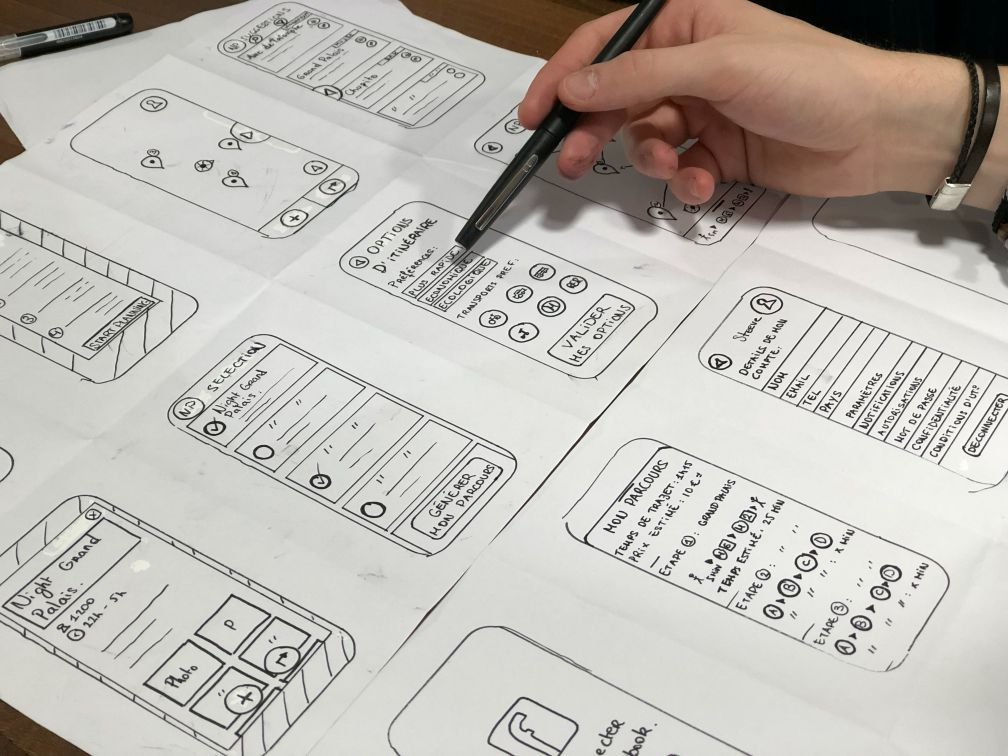Once upon a time, there was a man named Bob. He was an IT manager for a small business, and he was always looking for ways to save time and money. One day, the company’s owner approached Bob with a request to create a new website for the business. Bob thought to himself, “This is a simple website, I can whip it up in no time. I don’t need to waste time creating a prototype.”
Bob dove right into building the website, using all the latest and greatest technology. He was convinced that he could build it quickly and efficiently without any problems. But as he began to build, things started to go wrong.

First, Bob realized that the design of the website wasn’t quite right. He had to spend hours making changes to the layout and design, causing delays in the project. Next, Bob ran into issues with the website’s functionality. Some of the features that he had planned were not working as expected, and he had to spend more time fixing them.
As the deadline for the website’s launch approached, Bob started to feel the pressure. He was working long hours, trying to get everything done in time. But despite his best efforts, the website was still not ready on launch day.
The company’s owner was furious. The website’s launch had been delayed, and the business was losing money. Bob realized that he had made a mistake by not creating a prototype before starting development. If he had taken the time to test and evaluate the design and functionality of the website before building it, he could have avoided many of the problems that he encountered.
In the end, Bob learned an important lesson. He realized that taking the time to create a prototype before starting development can save time and money in the long run. From that day on, Bob always made sure to create a prototype before starting any new project, and he never encountered the same problems again.

Moral of the story: Don’t be a Bob – always invest in a prototype first!
A prototype is a preliminary version of a product or system that is used to test and evaluate design concepts and ideas before they are finalized and developed into a finished product. There are several reasons why it is important to create a prototype before starting development:
- Feasibility testing: A prototype allows you to test the feasibility of a design concept by creating a working model of the application or system. This can help to identify any potential issues or problems that need to be addressed before development begins.
- Identifying design flaws: A prototype allows you to identify and address any design flaws before development begins. This can save time and resources by avoiding the need to make changes to the final product.
- User testing: A prototype can be used to conduct user testing in order to gather feedback on the design and usability of the product or system. This feedback can be used to make improvements to the design before development begins.
- Communication and collaboration: A prototype can be used to communicate design concepts and ideas to stakeholders, such as investors or development teams. This can help to ensure that everyone is on the same page and that the final product meets the needs of all stakeholders.
- Cost-effective: Creating a prototype before starting development can save money in the long run by catching problems early on in the process and allowing for changes to be made before development begins.
- Time-saving: Developing a prototype before the final product can save a lot of time. It allows teams to test different approaches and options early on, which can speed up the development process and make it more efficient.

In a nutshell, a prototype is a crucial step in the development process. It allows you to test and evaluate design concepts, identify design flaws, conduct user testing, communicate and collaborate with stakeholders, and ultimately save time and money by catching potential issues early on. By creating a prototype before starting development, you can ensure that the final product is of high quality and meets the needs of all stakeholders.





